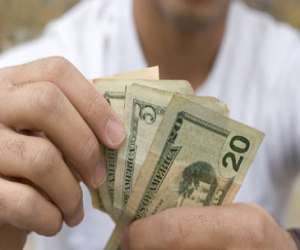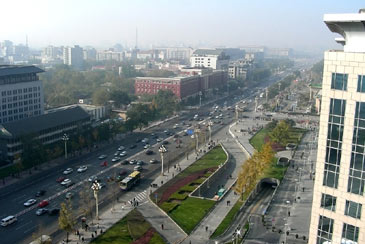
Beijing's History and Government
Records show that Beijing has been an inhabited city for more than 3,000 years, enduring invasions by warlords and foreign powers, devastating fires, and the rise and fall of powerful imperial dynasties. Beijing is also known as a cradle of humanity, since Peking Man lived in caves in the southwest area of Beijing as early as 500,000 years ago.
On October 1, 1949 the People's Republic of China was founded, with Beijing as its capital. The Chinese government and the Communist Party are theoretically separate, but in practice the Party controls the government through the appointment of official posts and offices, and through the operation of agencies that oversee the day-to-day affairs of all government institutions.
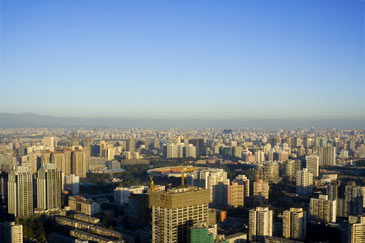
Beijing's Climate
A word about air quality in Beijing: On a typical day, pollution levels in the city may be as much as five times higher than what the World Health Organization deems safe. When there is no rain or wind, ozone and fine dust accumulate. China is making attempts to clear the air, but even healthy visitors may experience sore throats and coughing. Children, the chronically ill, the elderly, and anyone who suffers from asthma face the greatest risk. If you experience symptoms, try to limit your time outdoors. And you should, of course, avoid exercising outdoors.
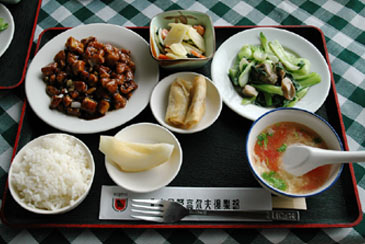
Beijing's Food
But when in Beijing, you owe it to yourself to try some Northern Chinese cuisine specialties, including Beijing Duck, Mongolian hotpot, Muslim barbecue, and Imperial food. You might also want to try Cantonese dim sum for breakfast or lunch.
Prices have been steadily rising in Beijing's eateries, but there are still plenty of back-alley cafes where you can find a cheap meal, especially in the hutongs (the old part of the city). Muslim barbecue is also a good bet for an inexpensive meal.
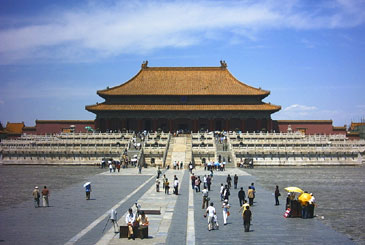
Popular Attraction: The Forbidden City
The entrance fee is rather steep, but you can easily spend a couple of hours here. No official guide is needed to see the palace (ignore anyone who tells you otherwise). You can rent a self-guided audio tour.
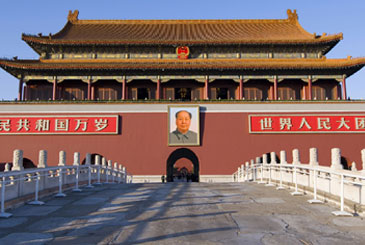
Popular Attraction: Tiananmen Square
The flag to the front of the square is raised or lowered by a squad of army personnel at sunrise and sunset. Crowds generally gather to watch this, so plan to arrive an hour or so before, to get a good view. During the day you can buy a ticket to go up to the balcony from which the leaders address the people. The square remains open until 10:30 p.m., and is beautifully lit after dark.
Along the northern edge of Tiananmen Square you'll find the Gate of Heavenly Peace. A Chinese national symbol, the gate was originally built in 1420, during the Ming Dynasty, and was restored in the 17th century. It was from this gate that Mao proclaimed the People's Republic on October 1, 1949. Today Chinese officials watch mass troop parades from here.
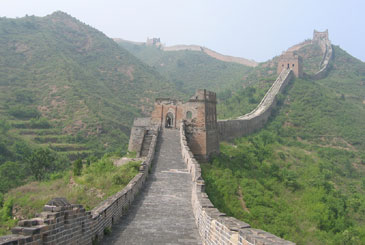
Popular Attraction: The Great Wall of China
Much of the wall is badly deteriorated and cannot be accessed. From Beijing, however, you can get to a fully restored section called Badaling within two or three hours by bus or car. Walking the Great Wall is not for the faint of heart. Some sections have steps and railings, but other sections are just gradual, steep slopes.
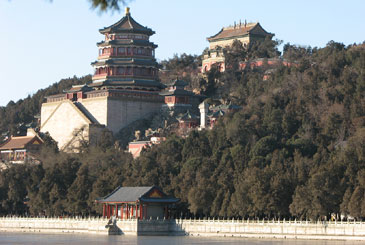
Popular Attraction: The Summer Palace (Yiheyuan)
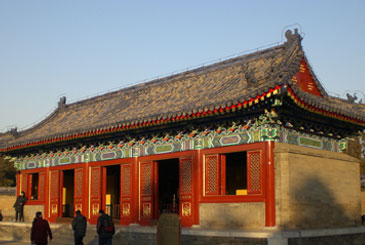
Popular Attraction: Temple of Heaven
The centerpiece of the complex is a large tower that is said to be built entirely of wood without using a single nail. The park surrounding the structures is filled with more than 1,000 species of trees, some of which are hundreds of years old. Huge numbers of local residents gather in the park each day to practice martial arts, singing, opera, chess, dancing, and calligraphy.
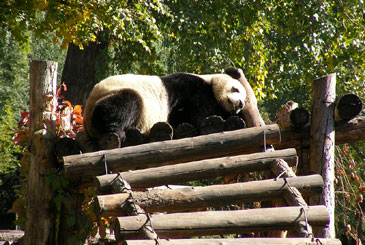
For the Kids: Beijing Zoo
The Beijing Zoo is located in the northwest corner of Beijing, not too far from the center.
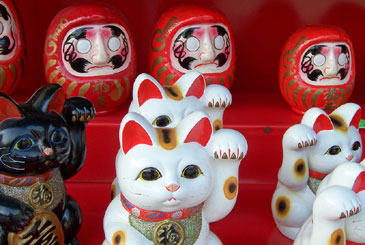
Shopping on Wangfujing Street
Wangfujing Street is especially crowded at night, when it is lit by an ever-increasing number of neon advertising signs.
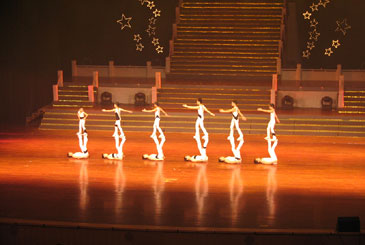
Nightlife: Chinese Acrobats and Kung Fu
The Legend of Kung Fu, showing at the Beijing Red Theatre, is a chance to see masters of the art of Kung Fu in action. The show follows the story of a young boy who dreams of becoming a Kung Fu master. The actors do not speak – the story is told through Kung Fu, dance, and acrobatics (English "subtitles," shown above the stage, keep you informed of the story line). Kung Fu practitioners have been drawn from all over China for this production; their average age is only 17 years old. The costumes, set design, and special effects were created by some of the best stage directors and designers in China. The Red Theatre is also located near the Temple of Heaven.
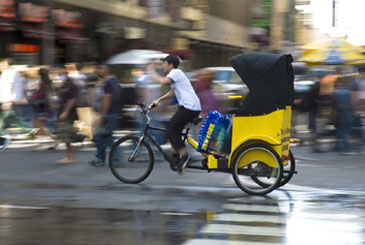
Pedicab Tour of Hutong District
Some of Beijing's ancient hutongs still stand, however, and a number of them have been designated protected areas. The hutongs in the vicinity of the Bell Tower and Shichahai Lake are especially well preserved. Tour the quarter in a pedicab, and get a glimpse of what life was like for many generations of Chinese in Old Beijing.


